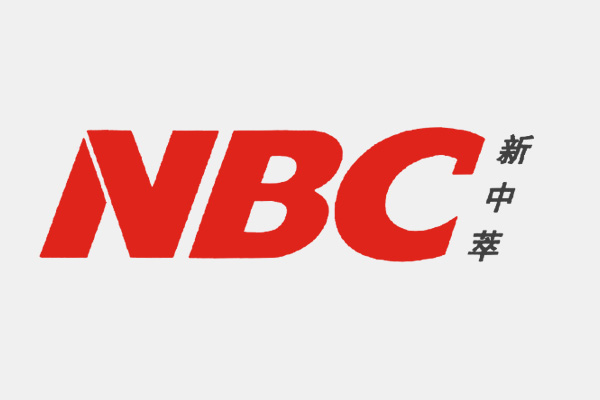Design of glass packaging container (1)
- Categories:Industry News
- Author:
- Origin:
- Time of issue:2020-10-27
- Views:0
(Summary description)my country states in the national standard GB/T 4122.1-2008 "Packaging Terminology Part 1: Basics": "Containers, materials and auxiliary materials used in accordance with certain technical methods to protect products in the circulation process, facilitate storage and transportation, and promote sales. The overall name of objects, etc. It also refers to the operation activities of applying certain methods in the process of using containers, materials and auxiliary objects to achieve the above-mentioned purposes."
Design of glass packaging container (1)
(Summary description)my country states in the national standard GB/T 4122.1-2008 "Packaging Terminology Part 1: Basics": "Containers, materials and auxiliary materials used in accordance with certain technical methods to protect products in the circulation process, facilitate storage and transportation, and promote sales. The overall name of objects, etc. It also refers to the operation activities of applying certain methods in the process of using containers, materials and auxiliary objects to achieve the above-mentioned purposes."
- Categories:Industry News
- Author:
- Origin:
- Time of issue:2020-10-27
- Views:0
1 Definition of packaging
my country states in the national standard GB/T 4122.1-2008 "Packaging Terminology Part 1: Basics": "Containers, materials and auxiliary materials used in accordance with certain technical methods to protect products in the circulation process, facilitate storage and transportation, and promote sales. The overall name of objects, etc. It also refers to the operation activities of applying certain methods in the process of using containers, materials and auxiliary objects to achieve the above-mentioned purposes."
As a kind of physical entity, packaging must be embodied through a certain material, form and structure. With the changes of the times, packaging has become an important bridge between products and consumers, and it has also become an important medium for providing people with a variety of lifestyles. For a long time, the tangible, perceptual and rational characteristics of packaging have attracted the attention of consumers and have strongly promoted the sales of goods and economic development.
2 Package function
The role of packaging is practical in nature. So far, practicality still plays a major role in the form and function of packaging. It not only contributes to the transportation and circulation of commodities, but also enables the products to be presented in an attractive form. Modern packaging has many functions, the most important of which are the following three functions:
(1) Protection function. Protecting products is the primary function of packaging, and it is also the most important function. The protective function of commodities has multiple meanings. For example, physical protection of goods to prevent damage from external forces, chemical protection of goods from deterioration; another example, dark beer bottles can prevent radiation deterioration, and vacuum packaging to prevent goods from being exposed to air oxidation. A product (or commodity), from the factory to the consumer, has to go through multiple circulation links, a long period of months or even years, and endure various weather effects such as severe cold and heat. Therefore, the packaging must have effective protection against shock, moisture, rust, corrosion, and theft.
(2) Convenient functions. The packaging must consider convenient transportation, convenient loading and unloading, convenient stacking, convenient display, convenient sales, and convenient carrying. Easy to use and easy to handle. It must have broad flexibility in terms of production, distribution, storage, use and the environment.
(3) Promotion function. The appearance of the packaging must attract customers through its shape, color and pattern, and its decorative effect plays an important role in attracting customers and promoting sales on the market shelves.
3 packaging materials
According to the different characteristics of the materials used in packaging, packaging containers can be divided into two categories: rigid packaging containers and flexible packaging containers.
(1) Rigid packaging containers are mainly made of glass, ceramics, metals, etc., and processed into bottles, cans, boxes, boxes, etc. through mold thermoforming. Such containers are not easily deformed, waterproof, and are used in large quantities for wine. , Beverages, pharmaceuticals, chemicals and other products, as well as the packaging of commodities with high requirements for protection against moisture and oxidation. Rigid containers can be used as inner packaging or outer packaging, so that the packaging of most liquid products has higher moisture-proof, anti-corrosion, anti-oxidation, and anti-deformation functions.
(2) Flexible packaging containers are mainly made into boxes, boxes, bags and other packaging containers using soft, easily foldable paper materials, textile materials, woven materials, etc. as raw materials. This type of packaging is easy to deform after being exposed to moisture, heat, and pressure, but the molding process is simple, the price is low, and the promotional effect of the product after printing is obvious, and it is one of the widely used packaging forms in the market.
Scan the QR code to read on your phone
NEWS
Contact us
Mobile:15066769239 Xu Hui
18660009305 Yin Chuanhui
18605359850 Wang Songhua
Switchboard:0086-535-6953556
Fax:0086-535-6242905
Postcode:264006
E-mail:xuhui@glass-nbc.com


Copyright© Yantai NBC Glass Packaging Co., Ltd. 鲁ICP备13030287号 Powered by: 300.cn









